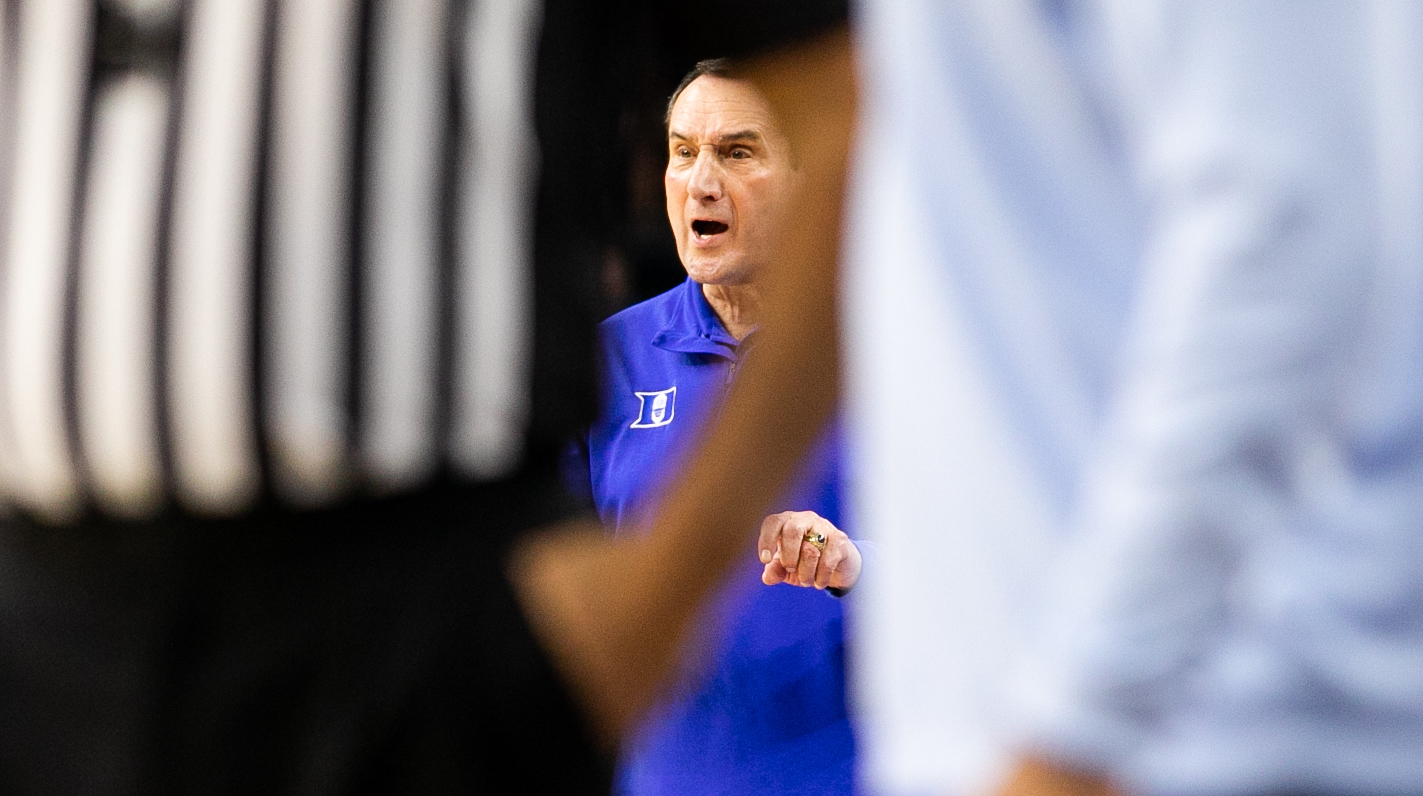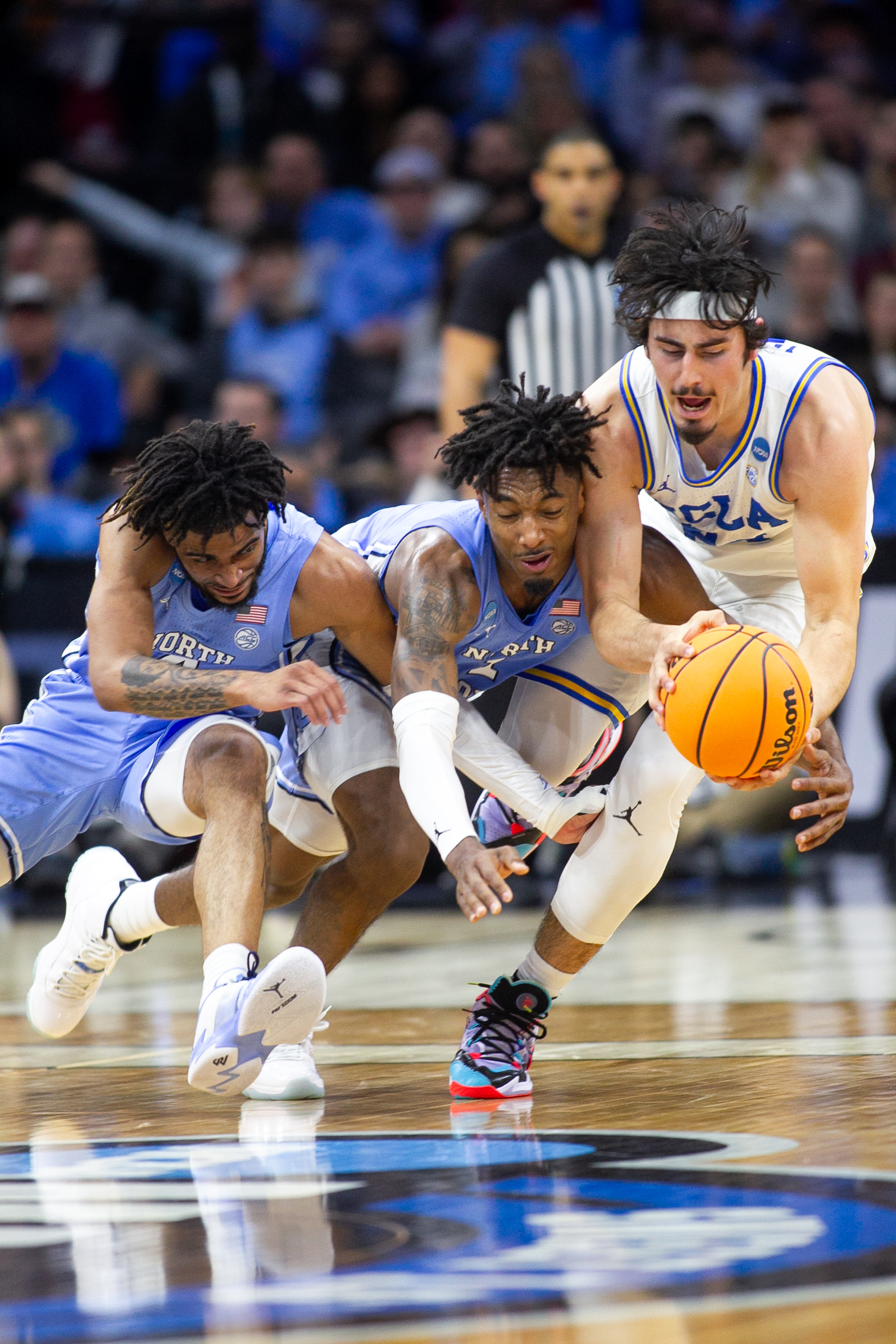“Who took THAT?” UNC Hussman’s Ira Wilder ’24 on shooting Caleb Love in the Superdome late one Monday night

by Barbara Wiedemann
Ira Wilder is a Carolina sophomore from Henderson, North Carolina (Vance County). He’s a Morehead-Cain Scholar who is getting his B.A. in media and journalism, and in public policy. Wilder plans to graduate with a minor in classical humanities as well. He’s the son of Carolina graduate Renee M. Wilder and her husband Jeff, who took their son to many Carolina games as a young child—helping solidify his mission (accomplished) to attend UNC one day. I talked with him the day after the newly named co-photo editor for The Daily Tar Heel arrived back in Chapel Hill from New Orleans. Wilder attended the Carolina men’s basketball team’s iconic NCAA Final Four win over Duke on Saturday, April 2, and heartbreaking “just miss” loss in the national championship game against the Kansas Jayhawks on Monday, April 4, both at the Superdome. The following has been lightly edited for clarity and length.
Q
Your work over this season really captured my attention. In particular, the photo you took of Caleb Love being comforted by the team’s Graduate Manager Brandon Robinson—but so many others from your Instagram page from this weekend as well. Tell me about how that photo happened.
A
The last few minutes of the game were nerve-wracking. I couldn’t tell if I was going to be in celebration mode or regret-and-sadness mode in terms of what I was going to be looking for. By the final run by Kansas, I knew I was looking for sad reactions. I knew that Caleb Love would have the most important reaction, because he’d been leading the team through the tournament. So I kept my camera poised on him. Brandon went out to hug him, and I worked to get a side profile photo of him pulling Love into his chest. I managed to line it up [in] a nice frame to focus on Caleb’s emotion. Lots of DTH projects require me to be ready for any fleeting moment. You can’t ask people to go back and pose on that kind of assignment. So your finger is constantly on the trigger and you’re scanning the room for moments. Trusting your instincts. Clicking the shutter the instant before a moment happens. I did that with all of the joyful reactions after the win over St. Petes, too.
Q
Tell me about the equipment you used for that shot.
A
Well, the DTH is an independent student newspaper. We're grateful that a lot of our gear was donated by The Charlotte Observer. We’re always hustling with the gear we can get. I used a mix of my personal gear; a long lens that I rented out from the Park Library; and in the case of that shot, a 70/200 2.8 lens and a Canon 1D Mark 4 from DTH.
Q
When and how did you and DTH Sports Editor PJ Morales ’23 and Assistant Sports Editor Hunter Nelson ’22 get to New Orleans? Where’d you stay and did you get any sleep?! Did you have any “off” time?
A
We left at 2 p.m. on Thursday and got there at 2 a.m. on Friday morning. Again, we’re a student newspaper— so we don’t book a hotel room before UNC wins. We ended up staying at a hotel in Metairie, Louisiana, a 15-minute drive from the stadium. There was a media hotel—Hyatt—but it was sold out by the time we could book.
Game days were booked from waking up to bedtime. Off days, when we covered two hours of press conferences, gave us a little bit of time to explore the city and go out to dinner in New Orleans.
Q
Explain how you work with Morales and Nelson on game day.
A
A big team of people makes our final product happen. PJ and Hunter are slacking me throughout the game, telling me about their narrative and angle. I’m looking to find a photo that meets that story. Our Editor-in-Chief Praveena Somasundaram ’22 is back in the office at home base to read through, check for grammar and publish online. On Monday, we had pages designed to send to the printer by 3 a.m. in case we won that game. It didn’t happen, sadly. But we would’ve been ready.
Q
I know you juggle DTH and Coulture magazine responsibilities alongside the classwork required of a double major with a minor in classical humanities. How do you do it all? What are the pros and cons?
A
I love Coulture. It is so fun to show up to a photo shoot and the production team has laid everything out and there are models ready and everything is set up to allow me to take great photographs.
I do get feelings of burnout sometimes. But I never feel like I don’t want to get up and do what I do every day. I’m so passionate about photography and my public policy work. It’s not easy, but it truly doesn’t feel like tough schoolwork for me to do what I do. I’m excited to go to the DTH office and produce local journalism with a lot of my closest friends. And to learn more about how to do that at Hussman. And learn more about the world that I’m reporting on in public policy classes. Everything I’m doing at Carolina is rewarding and is something that I’m passionate about.
Q
You’re also working a side job doing photography for weddings and events. Is that a necessity to keep things afloat, or a way to continually sharpen your photography skills?
A
Every time I’m behind a lens, it’s practice. Every time I say “yes” to a job, it leads to another job. I never turn down paid jobs, ever. I’m not getting paid a full-time salary at DTH. It helps me pay the rent and afford to eat. I do graduation shoots, event coverage, I try to be ready when someone asks me. I tell my staffers at DTH that unpaid jobs lead to paid jobs. It’s all practice and helps you hone your photography and video talent and learn how to execute on every project.
Q
UNC Hussman Emeritus Professor Rich Beckman recently received the NPPA’s lifetime achievement award. At the ceremony, he told students “Don’t just study photography. You’ve gotta know something to be able to tell stories about something.” He went on to say, “The world is global. Everything in this country is affected by people in other countries. The more you know, the better journalist you are going to be.” Tell me about three Carolina professors in your three areas of interest who have made a difference in how you work as a photographer and build partnerships as a journalist.
A
Editor-in-Chief Praveena Somasundaram once told me to “have a full backpack.” Be able to write, interview people, ask questions, manage content. Being a well-rounded person increases what you can do as a photojournalist. So I’ll start there.
Ryan Thornburg [Associate Professor at UNC Hussman since 2007] taught me about writing and reporting in spring 2021. He taught me about AP Style — I still use those skills every single day. And about how to write a story journalistically. I’m on the Editorial Board for DTH, so I write opinion and city desk stories. I wrote a feature on a local restauranteur. I know how to write because of Ryan Thornburg and what he taught me at UNC Hussman.
William Goldsmith [Teaching Assistant Professor in the Public Policy department at the College of Arts and Sciences], who taught me about public policy in his “Policy 101: Making Public Policy” and “Policy 360: State and Local Politics” classes, comes to mind. He’s given me a deep dive into policies in existence on a federal, state and local level. From him, I’ve learned how to navigate local meetings, read budget documents and understand state and federal bills. He’s taught me how to define problems and seek solutions. I’m more aware of what is going on in our government and around the world because of William Goldsmith.
Professor Sharon James in the Classics department taught me during my first year in a Classics seminar and I’m currently taking her “CLAS 241: Women in Ancient Rome” class. She taught me that it’s okay to be passionate about something that might not make six figures a year. She teaches hour-long lectures without notes. She is so dedicated to and passionate about her material that it’s second nature to her. She’s inspired me to have the same passion for my other endeavors.
Those three professors have really informed my outlook.
Q
Do you have a “parting shot” image and a parting thought to go with it that sums up your experience in New Orleans during the climactic close to Coach Hubert Davis’ stellar first year?
A

Ira Wilder on his Coach K photo above: Framing is my favorite compositional tool in photojournalism. Though too physically distant from Krzyzewski to capture any tears, I knew I needed a photo that told the story of the game. K squeezed between Davis's sky blue pullover and a ref’s unforgiving stripes seemed an appropriate narrative to tell.

Ira Wilder on his photo of UNC’s Coach Davis above: As St. Peter’s was down by 20 points with minutes left, I left my courtside position. The only shot that mattered to me at the moment was Coach Davis holding his cut net — the money shot. I went into the stands and stood near Roy Williams, knowing that Davis would look in his direction after cutting the net. As all the other photographers hustled on the ground under Davis’s ladder, my instincts gave me a crystal clear shot of his face and his smile as he looked to Williams.

Ira Wilder on his photo from the UNC vs. UCLA game above: Professor Pat Davison once defined sports photojournalism to me as a hunt for moments. As RJ and Leaky scrap for possession, their frozen faces and body language provide a moment that represents the entire game — an all-in, uncompromising hustle that resulted in an upset against UCLA.
All photos courtesy Ira Wilder and The Daily Tar Heel.
